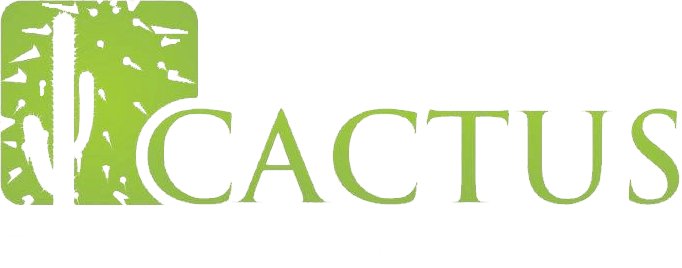
Financial planning can be filled with jargon and it can be difficult to understand exactly how the processes help you and the value it adds to your plans. One of the valuable tools we use is cashflow modelling. It’s a strategy that offers plenty of benefits to clients, so we wanted to take the time to show you why.
In simple terms, cashflow modelling is the process of assessing your current wealth and, from this, forecasting how it will change. It takes into account both income and expenditure, allowing you to understand how your finances may change in the future.
The above sounds simple but there’s a lot that goes into the cashflow modelling process. To start with, the more information that’s used, the better the results. So, you should be including a range of areas, such as property wealth, investments values, fixed income and debts. You then have to calculate how wealth will change over the years, affected by factors like growth, inflation and interest rates.
As you can imagine, this can get complicated very quickly. An effective cashflow modelling does all these calculations behind the scenes, giving you a visual representation of the information.
But how does this add value to you? Here are just seven ways it can help you be financially organised and achieve your aspirations.
1. Project your lifetime wealth
Cashflow modelling can give you an idea of how your wealth will change over your lifetime. It can help you see which products are best for maximising your savings with your goals in mind, for instance. It can help make your aspirations seem more tangible and demonstrate how the steps you’re taking will have an impact over the longer term.
2. Analyse how money is spent
It’s a process that can also help you keep track of where your money is going too. If you want to increase your savings, it can give you an indication of where you’re able to cut back and what difference it will make. Having a visual representation of where your money is going can help you understand if your finances are in line with your priorities.
3. Insight into retirement savings and planning
When you start saving for retirement it’s likely to be decades away. As a result, workers are often unsure of how much they have saved or if it’s enough for their retirement plans. Using a cashflow modelling tool means you can see how your pension savings are projected to grow over the years and the level of income it can provide once you’ve given up work.
4. Demonstrate the effects of varying inflation and investment returns
Inflation and returns will have an impact on your wealth. With these two important factors varying over time, it can be difficult to assess the full effect of them. By adjusting the levels of interest or return when cashflow modelling, you can start to create a picture of the different results of varying scenarios. This can be particularly useful for investments and weighing up risk with potential returns.
5. Provide a visual representation of your goals
Saving or investing with long-term goals in mind can be challenging. The small steps you take regularly towards them can seem insignificant. Cashflow modelling can give you a visual representation of how you’re progressing towards objectives. It can help them seem more tangible and give meaning to your efforts, knowing they are setting you on the right path.
6. See how life events could have an impact
Throughout life, there will be events that affect your assets. Cashflow modelling can consider these and demonstrate how they will affect your estate. For example, it can show you how receiving an inheritance, downsizing your home, or losing your partner’s pension should they die before you will impact on your wealth and lifestyle. You can’t always predict what will happen but cashflow modelling can help you prepare.
7. Plan your legacy
It’s difficult to plan your legacy without knowing exactly how much your assets are likely to be worth when you pass away. Cashflow modelling can give you a projection of your estate at different points of your life, allowing you to plan more effectively. You can also see how other decisions, such as needing long-term care, would have on the inheritance you leave behind for loved ones.
The importance of keeping cashflow modelling data up to date
To reap the full benefits of cashflow modelling, it’s imperative that the date used is kept up to date. The forecasts it makes are only as good as the information it has to base them on. Working from previous cashflow models could mean your decisions are based on inaccurate assumptions and projections.
To get the best results from cashflow modelling, you should provide an accurate, recent picture of your wealth. In addition, it should reflect current wider influences, such as interest rates and stock market performance. Therefore, keeping the information the process uses fresh is vital.
If you’re interested to learn how cashflow modelling can help you, please get in touch.

